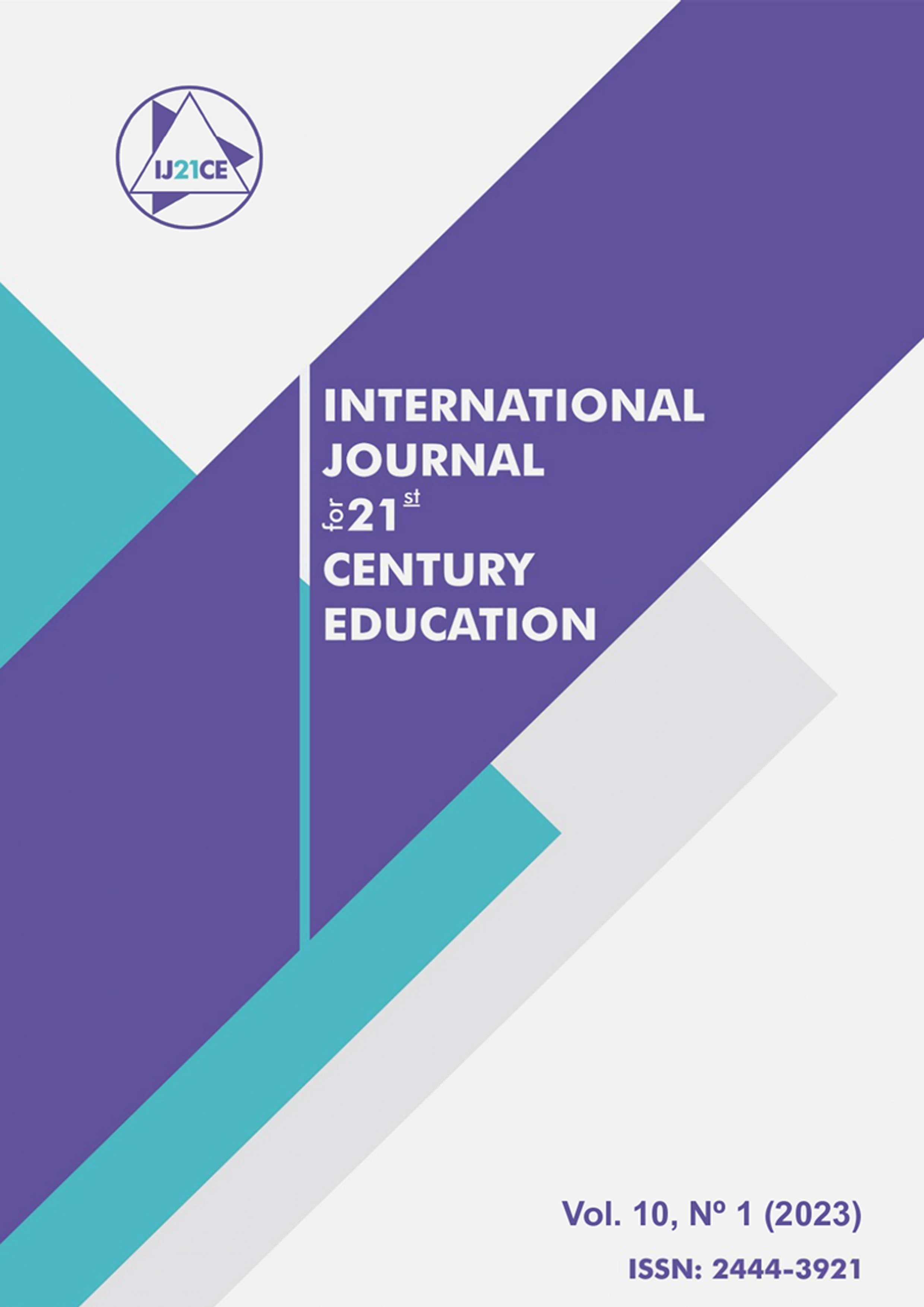The Pedagogical and Spiritual Value of Renaissance Sculpture Regarding the Discovery of a Contract for the Execution of Images of the Brotherhood of the Vera Cruz of Lebrija, Seville, Made by the Flemish Artist Roque de Balduque in 1559
Main Article Content
Abstract
Roque Balduque, a Flemish sculptor who lived in the city of Seville during the 16th century, made some of the processional images of Andalusia, as well as altarpieces and other sculptural works in stone. Many of the works attributed to said artist do not have documentation that corroborates authorship, as was the case of the Cristo de Vera Cruz de Lebrija, for which there was no authorship document. On April 10, 2023, I found the document that attested to its authorship, of the execution of both the Holy Christ of the True Cross and Our Lady of Consolation and a Child Jesus of the brotherhood and brotherhood of Vera Cruz de Lebrija, Seville, in the collection of the Provincial Historical Archive of Seville, specifically from its notarial protocols, dated April 1559 and granted by the sculptor. Taking that starting point, we will reflect from the History of Art and its pedagogy in the classroom on what the brotherhoods and brotherhoods of the True Cross meant for Renaissance and Baroque sculpture, and what the Council of Trent and the Synod of Seville of 1604 by Archbishop Niño de Guevara for these brotherhoods and their brothers and sisters in Andalusia.

